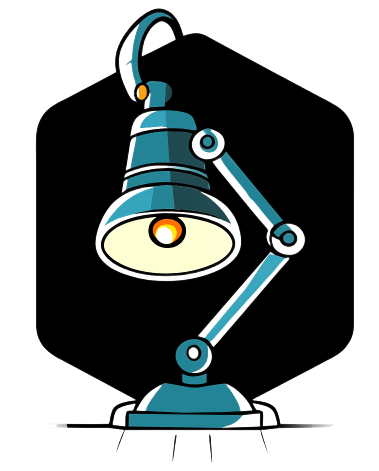It is simply a matter of age and hormones. The body of an adolescent releases melatonin, the hormone that regulates sleep-wake cycle, later compared to childhood. How can I feel sure that I am awake? If you have difficulty waking up, here is another tip I can give you: Make an effort to bring the alarm clock closer to the bed. You could increase the volume and intensity of the set melody by increasing its proximity.
How can I wake up someone who doesn’t want to wake up? Here are some main tips to wake up someone who doesn’t feel like waking up and not feel tired immediately after opening their eyes, in addition to getting enough rest:
- Activate the lights.
- Avoid eating fatty foods or eating too close to bedtime.
- Avoid drinking alcohol shortly before going to bed.
- Relax.
- Follow a bedtime routine.
- Create a favorable environment.
Another question is: when you are asleep and cannot open your eyes? If it occurs during awakening, it is called hypnopompic paralysis, while if it occurs when the individual is about to fall asleep, it is called hypnagogic paralysis. The subject is awake and aware but cannot move, speak, or open their eyes during an episode of sleep paralysis.
When does the body wake up before the mind? Sleep paralysis is a sleep disorder in which a person is conscious and aware but cannot move or speak before falling asleep or during awakening. It often causes anxiety and fear and is considered a benign condition.
So, why am I unable to get up? It can be due to problems with insomnia or changes in the sleep-wake cycle. In particular, it can have an impact on people who have to adhere to specific work shifts or who have many concerns that disrupt and hinder rest times.
Consequently, how can I determine if I have a sleep disorder? What are the symptoms of sleep paralysis: the signs
The temporary inability to move and speak (muscle atonia), which can occur upon awakening or before falling asleep, is the main symptom of sleep paralysis. What do you see during sleep paralysis? Not only the typical muscle paralysis of REM sleep but also the dream component is manifested when sleep paralysis is associated with hallucinations: The hallucinations here are like a waking dream. How can we determine if someone has narcolepsy? What does Narcolepsy look like: Symptoms include excessive daytime sleepiness, also known as daytime hypersomnia, and sudden sleep attacks; – Incontinence; – Hypnagogic hallucinations; – Paralysis of the ability to sleep; – Innate attitudes; – Problems with sleep during the night.
What happens if I cannot experience the REM phase? Mental disorders, hallucinations, paranoia, and personality disorders can occur if one does not participate in the REM phase for several days. Death comes quickly. What is the definition of hypnagogic hallucinations? What is the definition of hypnagogic hallucinations? Hypnagogic hallucinations are vivid perceptions of visual, auditory, tactile, or even moving things that occur during falling asleep. Hypnopompic hallucinations occur during awakening. How can one wake up afterwards? If it has only started for a few seconds, it is possible to wake up from the state of paralysis by trying to open the eyes and focusing one’s strength to move one limb at a time or make sudden movements or breathe heavily to "wake up" the body that is trying to fall asleep. What can cause narcolepsy? The levels of hypocretin (or orexin), a protein brain neurotransmitter that helps regulate the alternation between wakefulness and REM sleep, are low in narcoleptics. However, some studies have found that narcoleptics have low levels of hypocretin. How many REM stages occur during the night? Four stages are needed: one REM stage and three NREM stages. Initially, they are very light (Stage 1) and then transition into deep sleep (REM). Afterward, in a sleep cycle that lasts for 7 to 8 hours a day, the person will go from REM stage to deeper stages before returning to the lighter stage of sleep.
